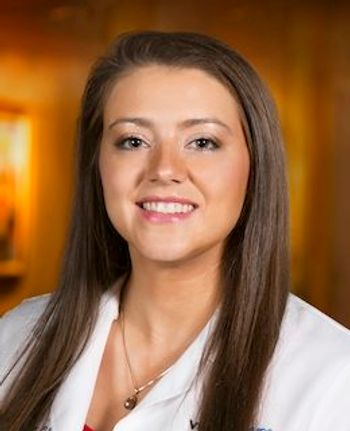
Optometrists can co-manage difficult cases
The ability to co-manage complex and unusual cases can make an optometrist a valuable partner to ophthalmologists and patients alike.
Dr. Pohl said that patients who have received procedures such as penetrating keratoplasty (PK), both anterior and posterior lamellar keratoplasty, pterygiectomy, or who receive laser trabeculoplasty or filtering glaucoma surgery to treat primary open angle glaucoma (POAG) have the need for a high level of care and follow-up.
These patients will benefit from the expertise of an optometrist who is knowledgeable about these procedures: their indications, surgical approaches, expected outcomes, and follow-ups.
Dr. Pohl offered several examples of the importance of co-managed care in clinically complex cases.
In POAG, the treatment approach is often solely on reducing intraocular pressure (IOP), and the typical goal is to achieve the highest efficacy, with lowest side effects, at lowest cost. This leads to practical considerations such as what medical treatment to use, when to start treatment, when to change it, and how to implement it.
But there are other treatment approaches of which to be aware.
"Laser trabeculoplasty has been shown to be effective in lowering IOP, and filtering surgery or trabeculectomy can be more successful than pharmaceutical therapy in stabilizing optic nerve damage and visual field loss long-term," Dr. Pohl said. "We can also consider other contributing factors, such as neuroprotection and optic nerve perfusion by using neuroprotective agents and calcium channel blockers. And patient-friendly surgical techniques with high success rates will continue to evolve."
Post-trab care
Glaucoma patients who receive a trabeculectomy need fairly extensive and specific postoperative care. This is another example of an important clinical opportunity for co-management, in which your knowledge and postoperative skills will set you apart in your community.
"The ideal postoperative outcome in a trabeculectomy is low IOP, a deep anterior chamber, and a well-functioning filtering bleb," he said. "Patients should be evaluated at day 1, day 2 or 3, week 1, weekly until week 6, and until they're relatively stable. To further lower IOP, suture lysis or suture removal may be performed at 1 to 4 weeks, and consider ocular massage after suture removal."
Patients are maintained on antibiotic drops for 1 week, and corticosteroid drops for 12 weeks (with taper). Once they're stable, they'll need continued regular monitoring of IOP, visual fields, and optic nerve head findings.
Trabeculectomy is only one of the filtration techniques used in POAG, Dr. Pohl noted. Others include surgery in which tubes, valves, or shunts are placed in the anterior chamber, and viscocanulostomy or the trabectome procedure.
In addition, other techniques, such as cyclodestructive procedures (cyclocryotherapy or cyclophotocoagulation), present their own advanced glaucoma needs for professional and knowledgeable co-management.
Newsletter
Want more insights like this? Subscribe to Optometry Times and get clinical pearls and practice tips delivered straight to your inbox.


















































.png)


